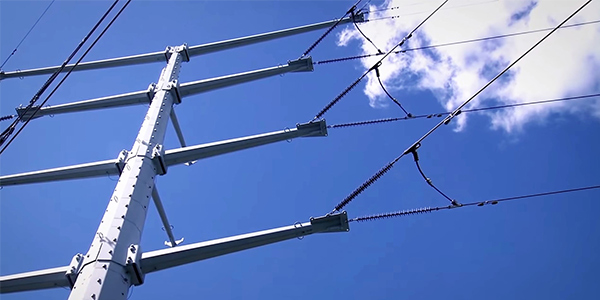After years of using its own generator interconnection cost allocation method, American Transmission Co. will transition to MISO’s after FERC on Monday gave the company its approval.
ATC’s revision will apply to the 2020 cycle of generators interconnecting to its system, or any interconnection request submitted on or after April 29, 2019 (ER20-2619).
MISO currently allocates 90% of necessary transmission upgrades above 345 kV to the generator and 10% to load on a systemwide basis. Costs for upgrades rated below 345 kV are 100% assigned to the generator.
In 2006, MISO adopted a reimbursement approach where 50% of a generator’s network upgrade costs would be repaid to the interconnection customer through credits against transmission service charges, if the customer could prove its generator had been designated as a network resource or held at least a one-year contract to supply capacity or energy. That process was only in effect for three years.
ATC opted not to use the MISO approach. The transmission utility instead used a 100% reimbursement policy for interconnecting generators that could prove they were fulfilling network needs. ATC also never adopted MISO’s 10% postage-stamp allocation for network upgrades 345 kV and above, which replaced the 50% reimbursement procedure in MISO’s Tariff in 2009.
With the commission’s approval, ATC will use the 10% postage-stamp allocation provision and phase out its 100% reimbursement policy. The utility said most MISO transmission owners already use the RTO’s cost allocation approach and that the transition would bring more homogeneity with the RTO’s interconnection procedures. ATC also said its revaluation of cost allocation was prompted by FERC’s recent decision reinstating TOs’ option to self-fund network upgrades. (See FERC Upholds MISO Self-fund Order, Glick Dissents.)
Clean Grid Alliance, the American Wind Energy Association and the Solar Council argued against ATC’s proposal, contending the April 2019 effective date violates rules against retroactive ratemaking. They argued that interconnection customers have already entered the MISO queue’s 2020 cycle “with the reasonable expectation that the current cost allocation rules would apply.” The parties pointed out that 45 projects planning to interconnect to ATC entered the 2020 queue cycle and reminded FERC that it previously supported “stability and predictability” in grid operators’ queues.
But FERC said an interconnection customer’s generator interconnection agreement, signed upon completion of MISO interconnection queue studies, should be considered the Rubicon for projects in the queue. ATC’s proposal does not affect existing executed or unexecuted GIAs, the commission said, “because prospective generators in MISO’s 2020 queue cycle are not scheduled to execute GIAs until July 2022, nearly two years in the future.”




